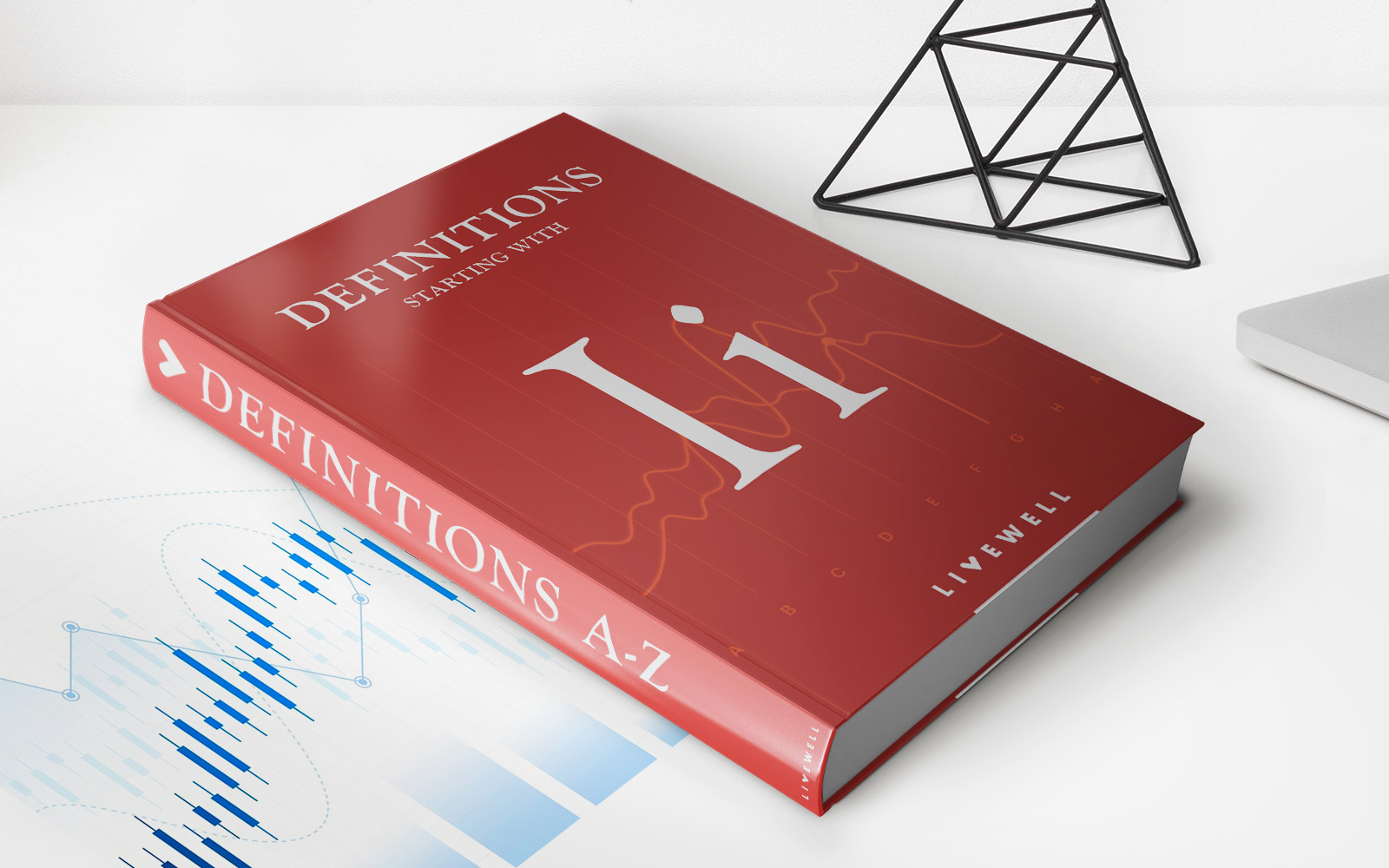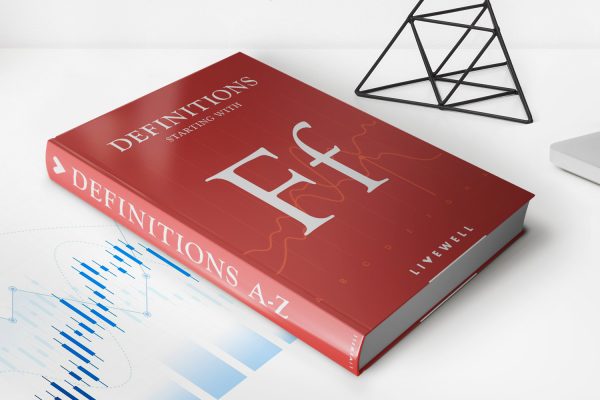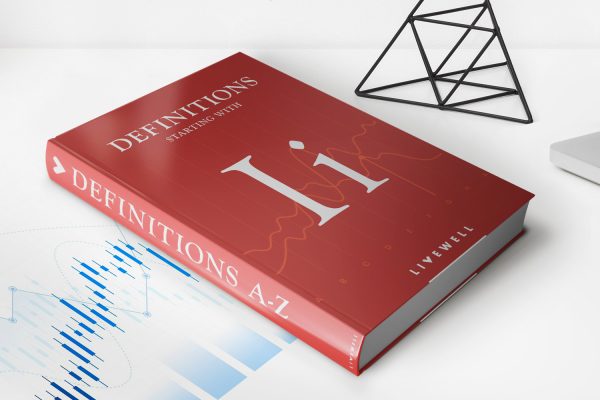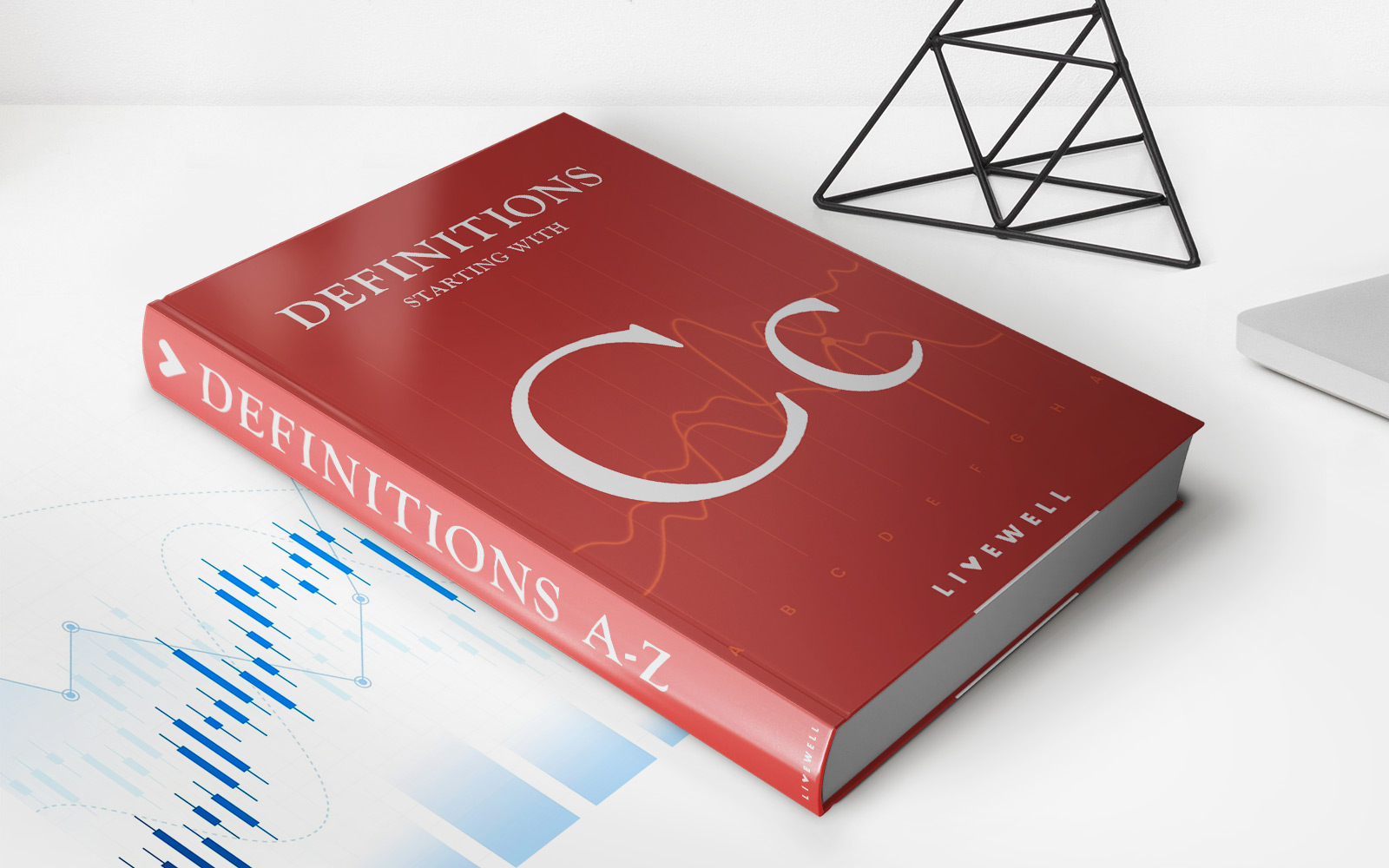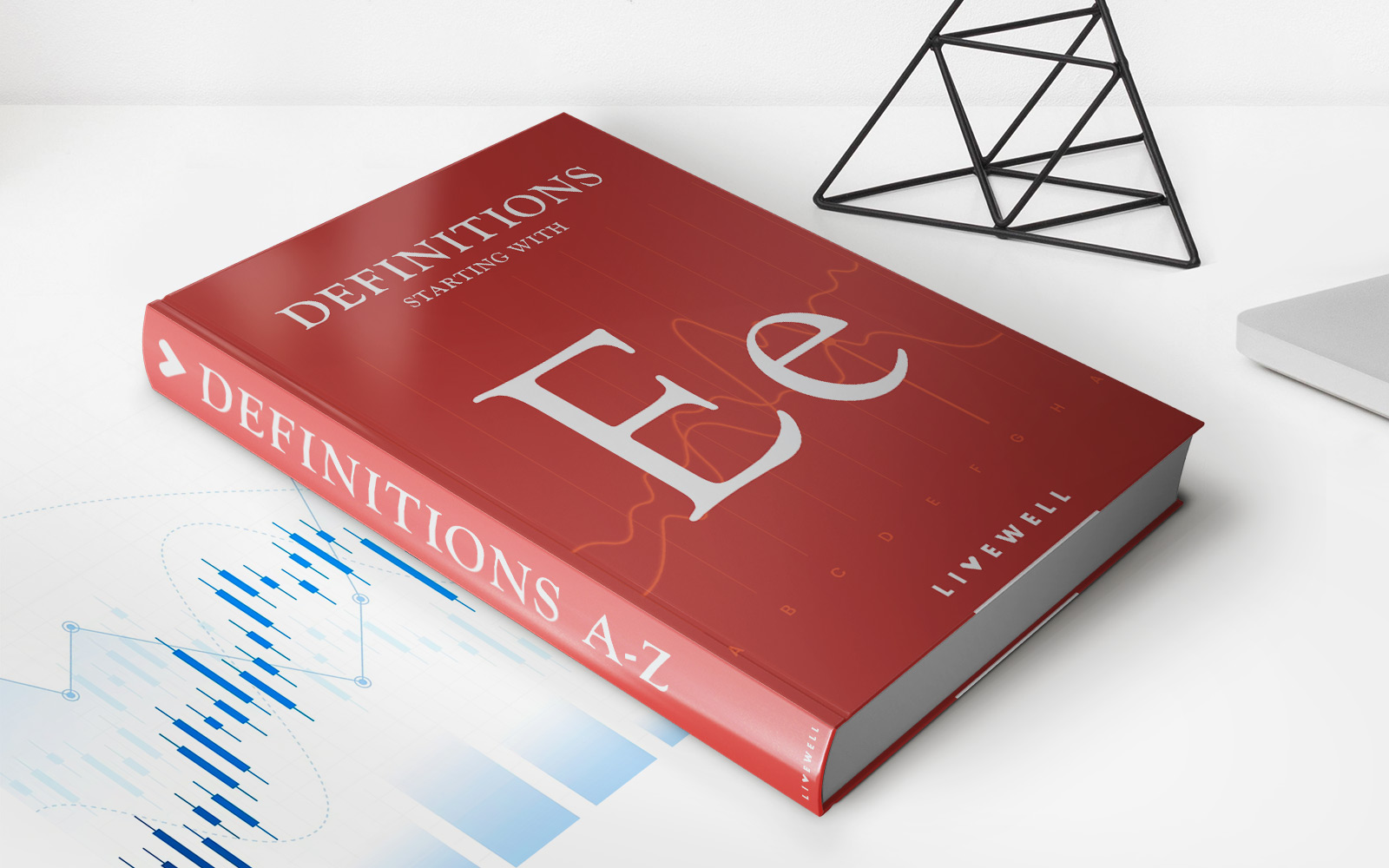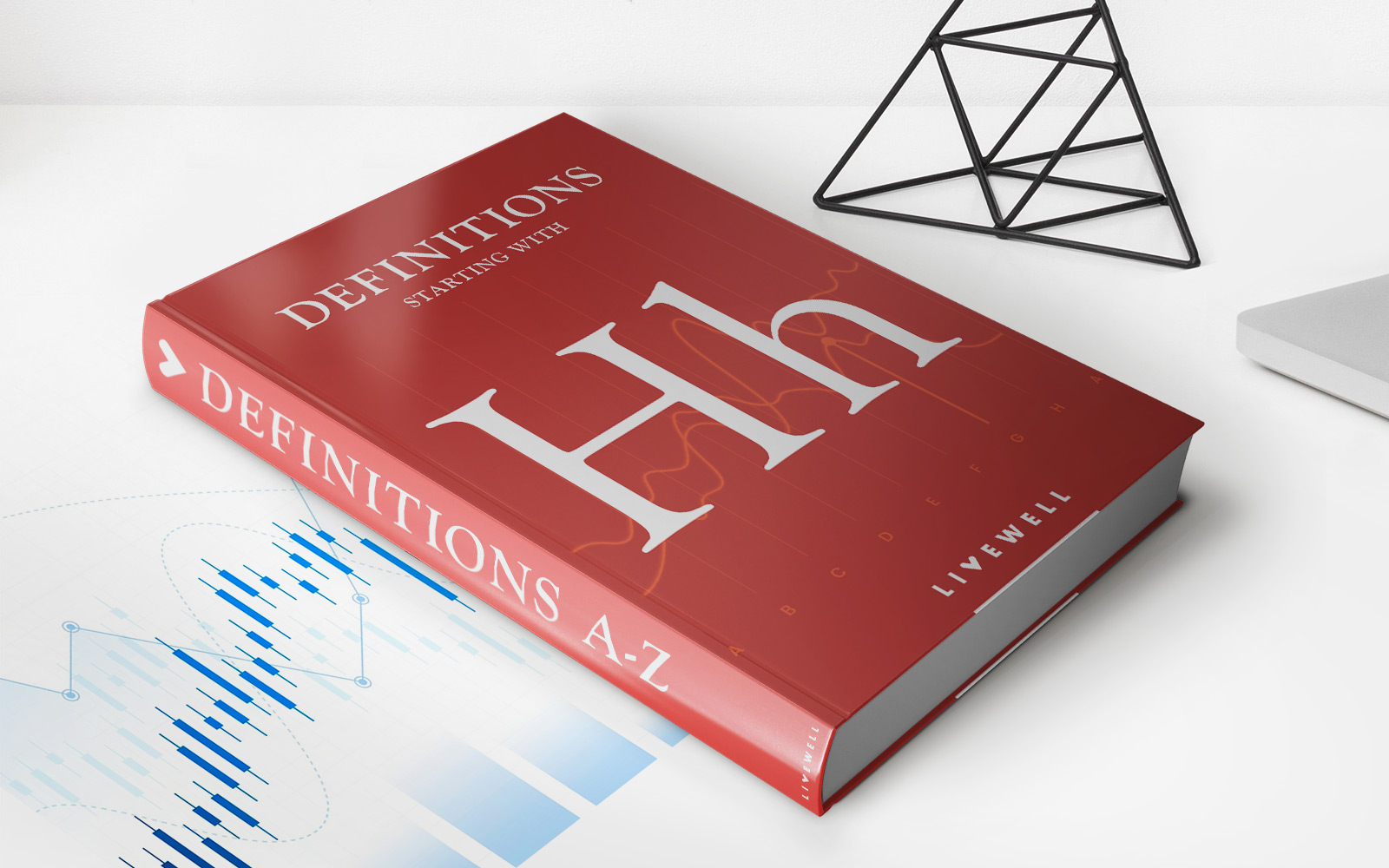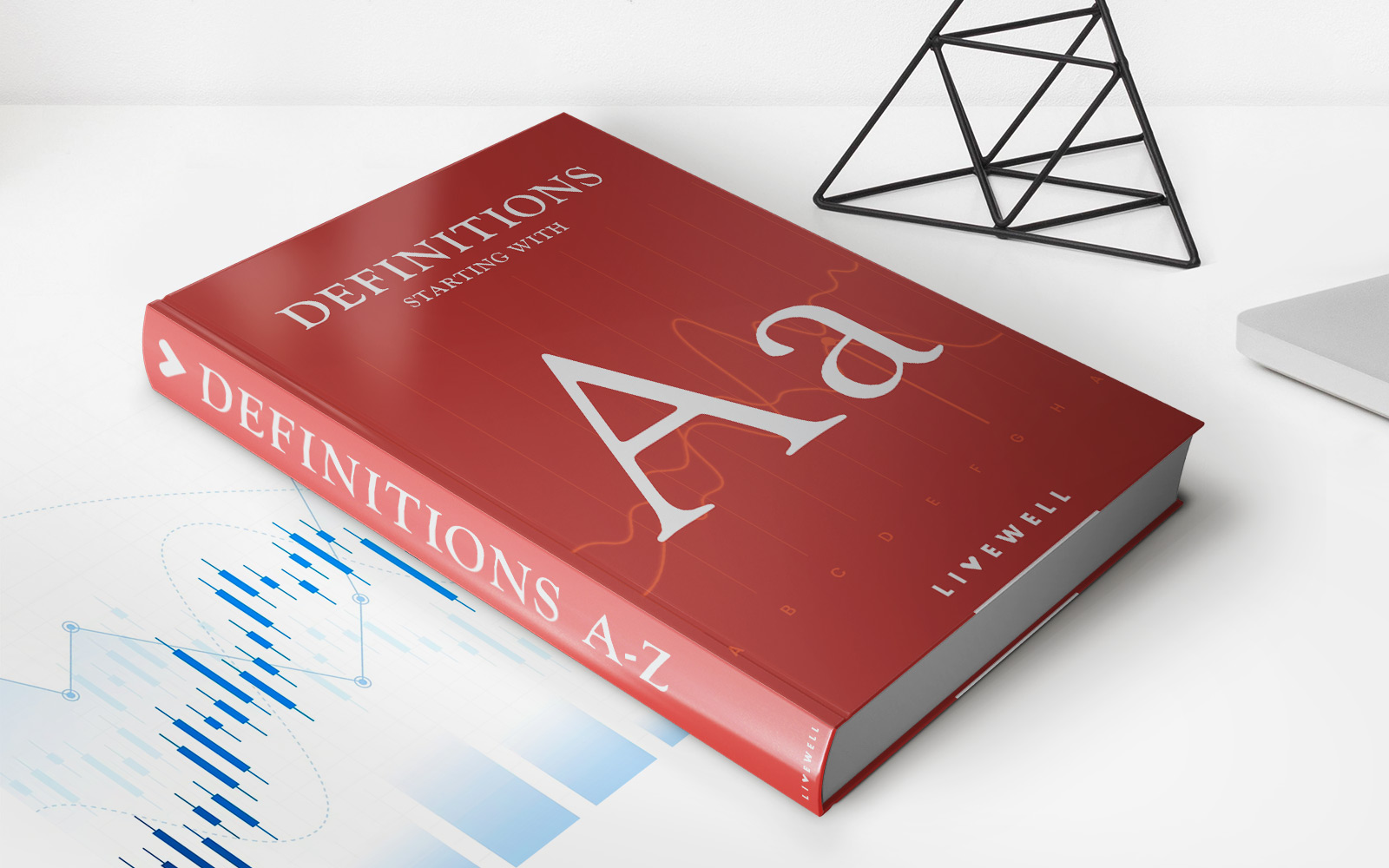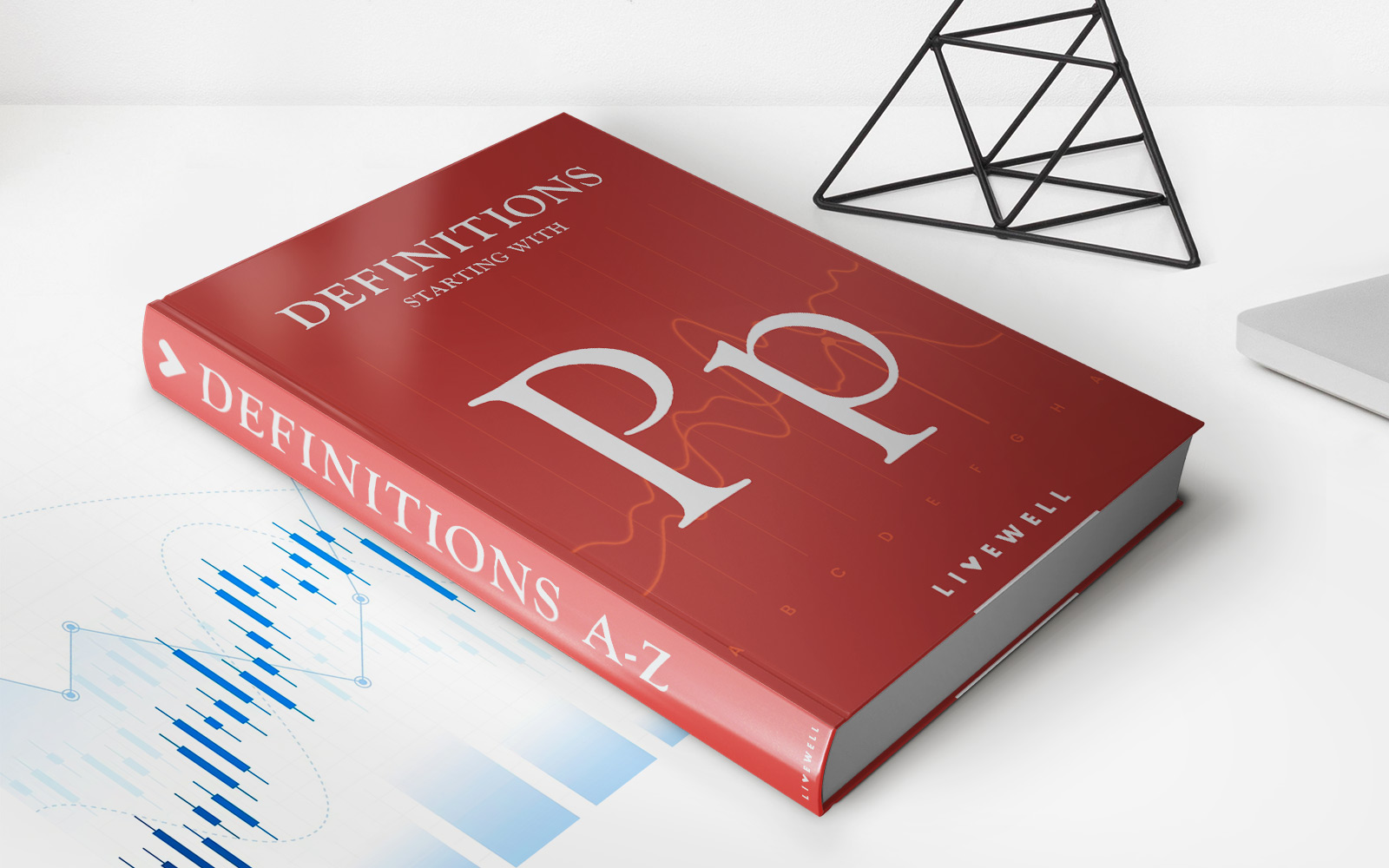Home>Finance>Long Inverse Floating Exempt Receipt (LIFER) Definition
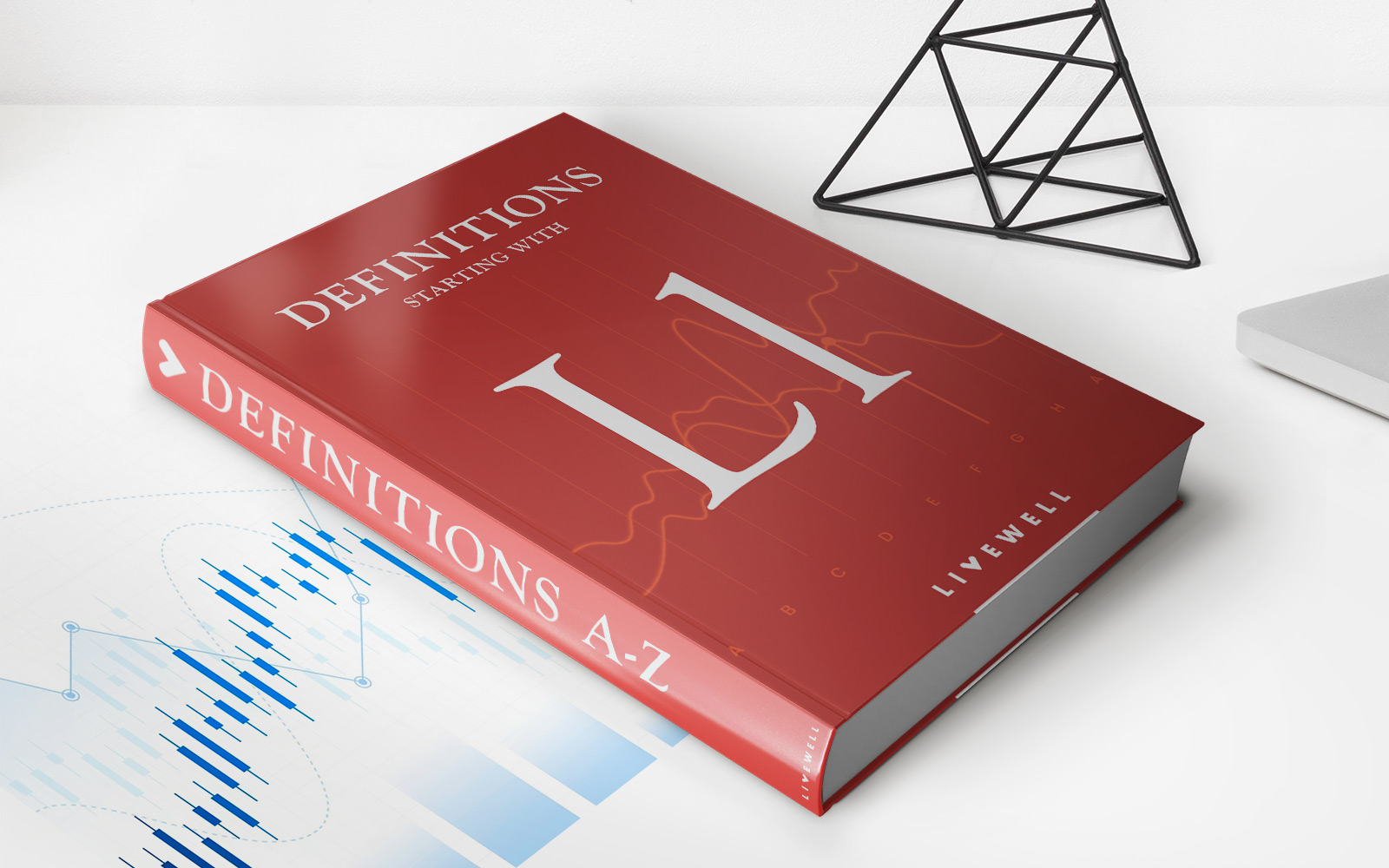

Finance
Long Inverse Floating Exempt Receipt (LIFER) Definition
Published: December 20, 2023
Learn the definition and significance of Long Inverse Floating Exempt Receipts (LIFER) in finance, providing insights into this unique financial instrument and its implications
(Many of the links in this article redirect to a specific reviewed product. Your purchase of these products through affiliate links helps to generate commission for LiveWell, at no extra cost. Learn more)
Understanding Long Inverse Floating Exempt Receipt (LIFER) Definition
Finance is a vast field with numerous investment options, each with its own unique characteristics and advantages. One such investment vehicle that has gained attention in recent years is the Long Inverse Floating Exempt Receipt, commonly known as LIFER. In this blog post, we will delve into the definition of LIFER, its features, and how it can be a valuable addition to your investment portfolio.
Key Takeaways:
- LIFER is a popular investment vehicle in the finance industry.
- It provides investors with an opportunity to profit from declining or volatile markets.
So, what exactly is a Long Inverse Floating Exempt Receipt (LIFER)? Let’s break it down step by step.
1. Long
The term “long” in the context of LIFER refers to taking a position that benefits from an increase in the value of an underlying asset. In other words, investors who are “long” on a LIFER expect the price of the underlying asset to rise.
2. Inverse
“Inverse” in the LIFER definition means that the investment’s performance moves in the opposite direction to the underlying asset. While traditional investments may generate positive returns when the asset value increases, an inverse investment like LIFER aims to generate profits when the asset value decreases.
3. Floating
The term “floating” in LIFER signifies that the investment fluctuates based on changes in a reference rate. These reference rates are typically benchmark interest rates, such as LIBOR (London Interbank Offered Rate). As the reference rate changes, the return on a LIFER investment adjusts accordingly.
4. Exempt Receipt
“Exempt Receipt” refers to the nature of LIFER as a securitized investment product. It allows investors to gain exposure to the underlying asset without directly owning it. This provides certain tax advantages and streamlines the investment process.
Now that we have a clearer understanding of the components that constitute a Long Inverse Floating Exempt Receipt, let’s explore the benefits it offers to investors.
Benefits of LIFER
- Profit from Declining Markets: LIFER investments can act as a hedge against market downturns. As the value of the underlying asset declines, the inverse nature of LIFER can generate positive returns, providing a potential source of profit when other investments may be struggling.
- Flexibility and Diversification: Adding LIFER to your investment portfolio can provide diversification, as it moves in the opposite direction to traditional investments. It provides flexibility by allowing investors to profit from both upward and downward movements in the market.
In conclusion, a Long Inverse Floating Exempt Receipt (LIFER) is a unique investment vehicle that offers investors the opportunity to profit from declining or volatile markets. By understanding its definition and benefits, you can make an informed decision about whether to include LIFER in your investment strategy. Remember, consulting with a financial advisor is always advisable before making any investment decisions.
